On this day in 1920, not yet 100 years ago, Congress granted women the right to vote. This day — now celebrated as “Women’s Equality Day” — marks the end of an 80-year campaign for women’s suffrage.
While most women, myself included, don’t personally remember the battles fought in earning the right to vote, writings and pictures remain to remind us how difficult change can be, especially for those in positions of power who believe they are being diminished.
Those who fought for women to be able to vote were derided as inferior, lazy, oversexed, masculine, childlike and generally unworthy of consideration. Emotions drove the suffragists forward and manipulated them to not only seek a ballot, but to leave husbands and children behind. If women were successful in this endeavor, those in power asked, what would they demand next?
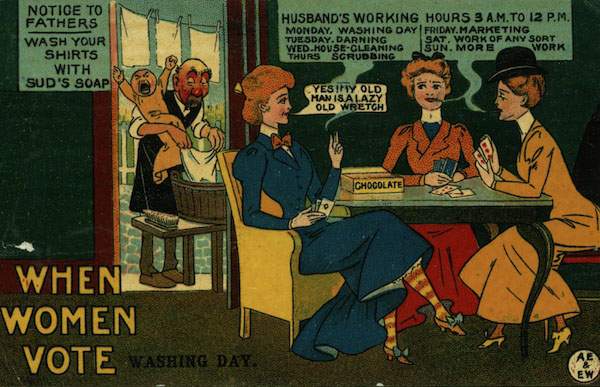
The more things change, the more they stay the same. This is especially true for women, who seem to be waging a never-ending battle for level playing fields.
It was only two years ago, during the 2012 presidential campaign that a national news organization printed a supposed news report stating: “There’s something that may raise the chances for both presidential candidates that’s totally out of their control: women’s ovulation cycles.” The headline on this piece? “Do hormones drive women’s votes?”
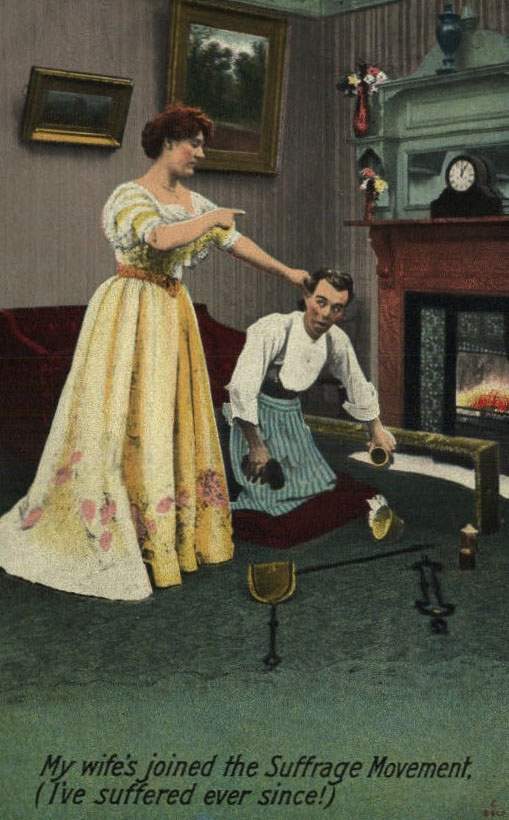
And while some may simply shake their heads, summing it all up as sexism, the truth is much more difficult to manage. Stereotypes of women, such as those on display during the push for suffrage, remain active today and are often reinforced by other women who have succeeded in breaking stereotypes.
For instance, there is little denying that Michele Bachmann was and is a success in her own right, but she also subscribes to a belief system that advocates significantly different roles for men and women. Even while touring Iowa churches during the Iowa presidential caucuses to offer “testimony” of her faith during church services, she attempted to make political hay out of a Fox News debate question on her admission that she became a tax lawyer out of a sense of obligation and submission to her husband, who wanted such a career path for her. Bachmann deflected the question, which was greeted with moans of negativity by the audience, by defining submission as respect.
In my opinion, the question and answer were pivotal to Bachmann’s ultimate failed presidential bid. A candidate cannot simultaneously build a campaign on deeply held theological belief and run from questions that shed brighter, public light on such deeply held beliefs. It was a contradiction hard to ignore from either side of the debate, despite her best attempts to “humanize” the moment.
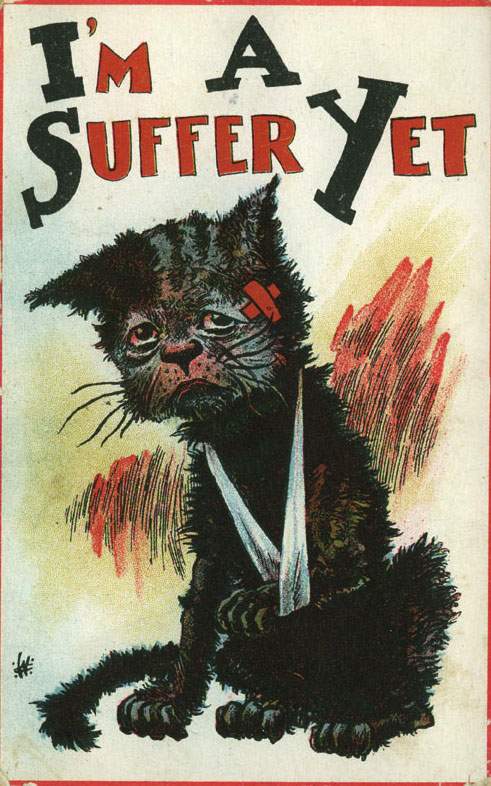
But beyond the personal price Bachmann paid, that moment and many, many others during recent campaigns, have reinforced the stereotype that women and men are at their very core different types of individuals.
Ask the men you know about their most important job, and you’ll likely receive a multitude of answers. Some may take the question quite literally and tell you of this or that employment. Others may speak on a more personal level and discuss their faith community or social service pursuits. Some will, no doubt, speak of being a husband and father.
Pose the same question to women and the answers become more monotone. Society continues to frown upon women who do not view motherhood as their highest calling. Even young women, currently focused on careers, will often mention during the course of their answers that they hope to start a family in the future.
While there continue to be women who unabashedly break stereotypes, those women continue to be derided in quiet and outspoken ways for doing so.
Tonight women throughout Iowa will gather at ceremonies to remember the past and honor local women. Many will speak of Women’s Equality Day in reference to voting. Many more will lament continued gender inequality.
If I were speaking, I’d talk about the postcards from the suffragist era and how so many of them remain applicable today. I’d talk about stereotypes that belittle, those fearful of losing what they perceive as power and how we are all obligated to carry on the work started so many years ago.
Let’s not only tell our daughters they can be and do anything. For once, let’s really mean it.

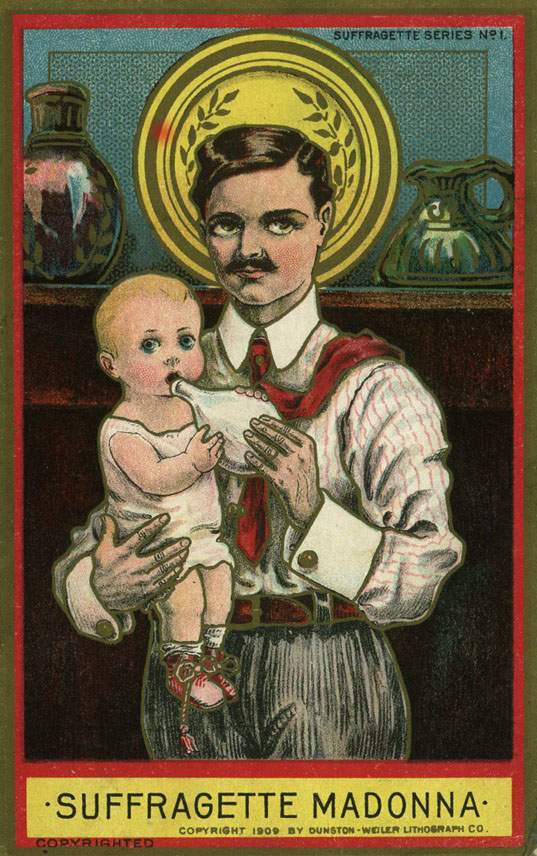
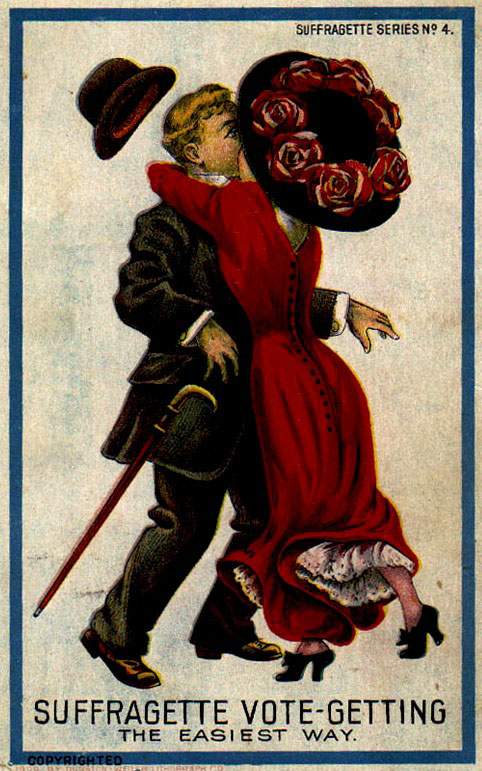
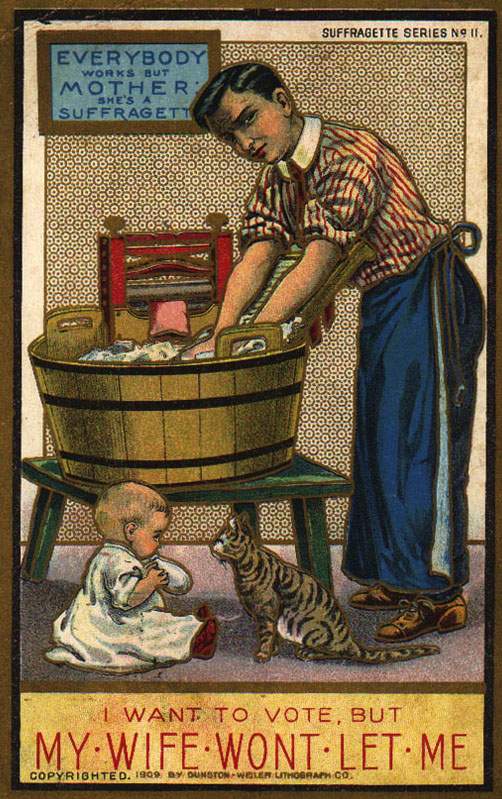
This column by Lynda Waddington originally published in The Gazette on Aug. 26, 2014.
